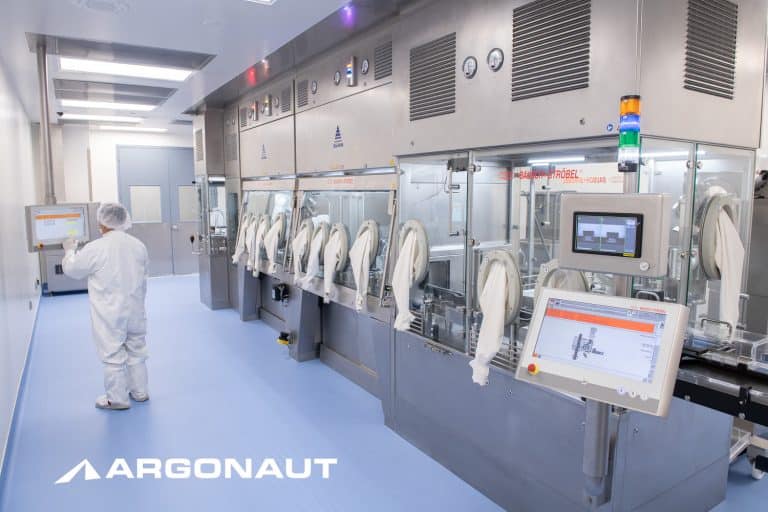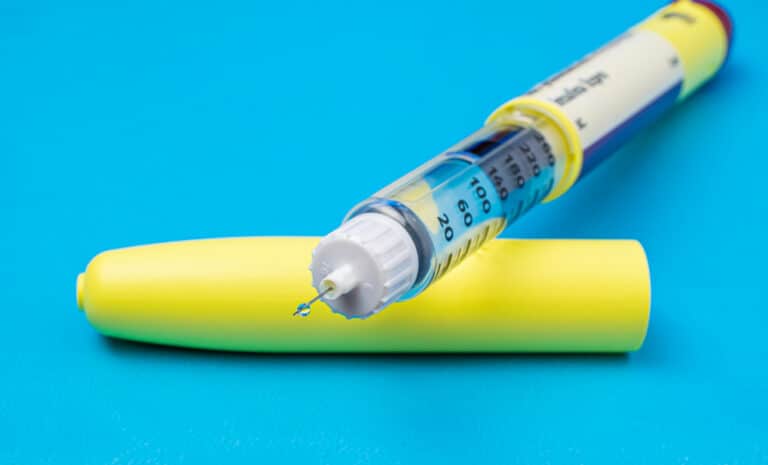How resilient is your manufacturing strategy in the face of potential disruptions to the pharmaceutical supply chain? As we navigate the complex landscape of aseptic drug product manufacturing, the pursuit of a robust and resilient supply chain is paramount for biopharmaceutical companies. One strategy that has continued to gain importance through industry consolidations and pandemic-era supply chain constrictions is the use of dual-sourcing: engaging more than one strategic partner for critical components or services. Dual-sourcing is routine in the electronics industry where manufacturers have long realized the need to avoid disruptions caused by factors such as natural disasters, geopolitical instability, or supplier failures. The COVID pandemic created numerous supply chain disruptions and laid bare the necessity of dual (or multiple) sourcing suppliers for biopharmaceutical products. Dual-sourcing in pharmaceutical fill/finish brings a multitude of advantages, including enhanced flexibility and risk mitigation, leading to a more reliable and predictable supply chain. Beyond natural or political issues, dual-sourcing in pharmaceutical fill/finish can also mitigate the impacts of limited capacity and industry consolidation in the contract manufacturing sector.
Dual-sourcing is routine in the electronics industry where manufacturers have long realized the need to avoid disruptions
Further, global regulatory agencies have emphasized the importance ensuring a reliable supply of critical medicines to patients. Draft guidance from the U.S. FDA issued in “Risk Management Plans to Mitigate the Potential for Drug Shortages” lays out steps drug makers can take to proactively prevent drug and biological product shortages. Specifically, the guidance lists risk reduction strategies that can include “building redundancy into manufacturing operations, establishing adequate controls on the supply chain, strengthening relationships with suppliers (e.g., contract manufacturers, ingredient suppliers), and/or identifying alternative suppliers.” Dual-sourcing in pharmaceutical fill/finish addresses this risk reduction.
The Five Advantages of Dual-Sourcing in Pharmaceutical Fill/Finish
1. Mitigating Supply Chain Risk
The pharmaceutical industry is susceptible to a wide range of uncertainties, ranging from regulatory changes to unforeseen supply chain disruptions. Dual-sourcing in pharmaceutical fill/finish serves as a powerful risk mitigation strategy, offering a continuity of drug supply in the face of unexpected events or capacity reductions. By diversifying manufacturing sources, companies can safeguard their supply chain against disruptions at a sole manufacturing site. While any single site may be susceptible to localized factors such as labor shortages, natural disasters, or shipping stoppages, a qualified second manufacturing site may be immune to the same concurrent factors impacting a primary manufacturing site. This allows continuity of aseptic fill/finish operations. We will dive deeper into navigating risk in the next blog post in this series.
Dual-sourcing serves as a powerful risk mitigation strategy
2. Increased Capacity and Scalability
Dual-sourcing in pharmaceutical fill/finish generates additional manufacturing capacity, providing scalability that can accommodate surges in demand or provide manufacturing at a larger scale in the event a product is more successful on the market that initially anticipated. A secondary manufacturing source that can quickly ramp up production is an invaluable asset, preventing potential shortages and deprioritizations at a primary site. At Argonaut, we are expanding our aseptic drug fill/finish capacity and capabilities to address the market’s need for filling of vials, syringes, and cartridges.
Dual-sourcing generates additional manufacturing capacity that can accommodate increased demand
3. Regulatory Compliance and Business Continuity
Regulatory agencies emphasize the importance of ensuring a continuous and reliable drug supply. Dual-sourcing in pharmaceutical fill/finish aligns with these regulatory expectations by establishing a robust business continuity plan. It’s crucial to acknowledge and mitigate the potential risks associated with quality or compliance issues at a primary manufacturing site. Having more than one qualified manufacturer for aseptic drug fill/finish ensures that pharmaceutical companies can adhere to regulatory requirements without compromising on product quality. This proactive approach not only facilitates regulatory compliance but also strengthens the overall reputation of the sponsor.
Dual-sourcing in pharmaceutical fill/finish aligns with regulatory expectations by establishing a robust business continuity plan
4. Quicker Commercial Readiness
Bringing a second manufacturing site online not only mitigates supply chain, compliance, and quality risks at a primary site, but it can pave the way to rapid commercial expansion or transfer when necessary. Prior to or concurrent with the primary site completing commercialization, the second manufacturing site initiates key commercial-readiness tasks in a phased manner. The secondary manufacturer can progress with tech transfer, method validations, engineering batches, and validation batches; ensuring that a large portion of the required work is accomplished. Utilizing this approach allows the second site to rapidly progress to commercial readiness if and when the need arises and can make the difference between continued supply or a market shortage of critical products.
Bringing a second manufacturing site online can pave the way to rapid commercial expansion or transfer when necessary
5. Leveraging Competitive Advantages
Dual-sourcing in pharmaceutical fill/finish can also provide pharmaceutical companies with a competitive edge. By strategically selecting manufacturing partners with complementary strengths and capabilities, companies can tap into a broader range of expertise. This not only enhances the overall efficiency of the production process but also opens opportunities for utilizing the latest and most innovative equipment in aseptic drug fill/finish manufacturing.
Dual-sourcing opens opportunities for utilizing the most innovative equipment
Conclusion
In the dynamic and challenging landscape of pharmaceutical manufacturing, embracing dual-sourcing in fill/finish is not just a strategic choice; it is a critical necessity. The advantages of mitigating supply chain risk, enhancing flexibility, increasing capacity, and leveraging competitive advantages outweigh the reliance on a single source. By carefully selecting a second source with the right attributes, pharmaceutical companies can fortify their supply chain, ensuring a resilient and responsive approach to the evolving demands of the market. Dual-sourcing in pharmaceutical fill/finish is not merely a trend; it is a strategic imperative backed by guidance from the FDA and HHS for success in the competitive and ever-changing pharmaceutical industry.
Contact Argonaut now and let’s discuss how we can enable your dual-source strategy.



